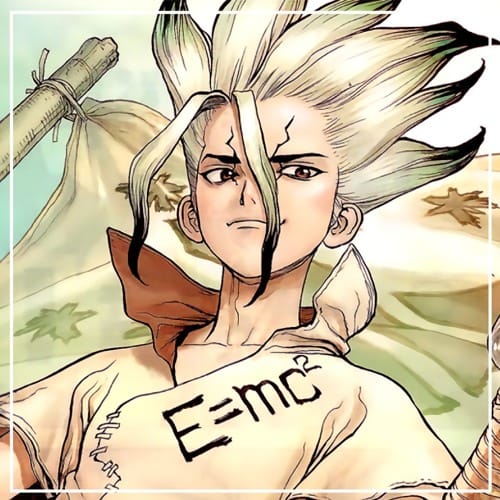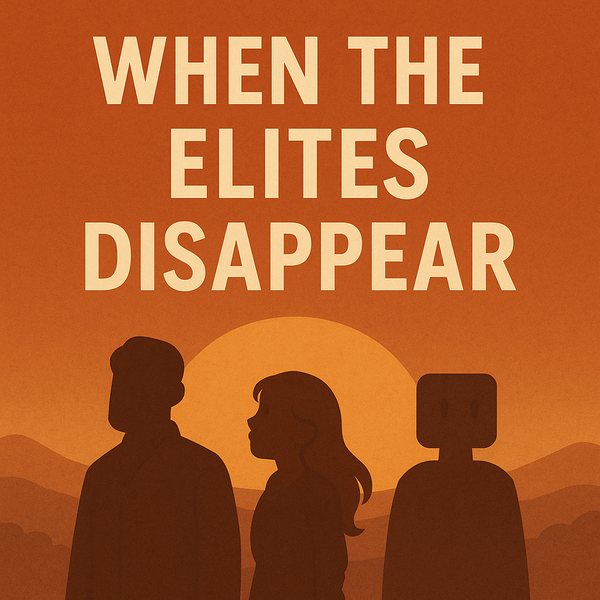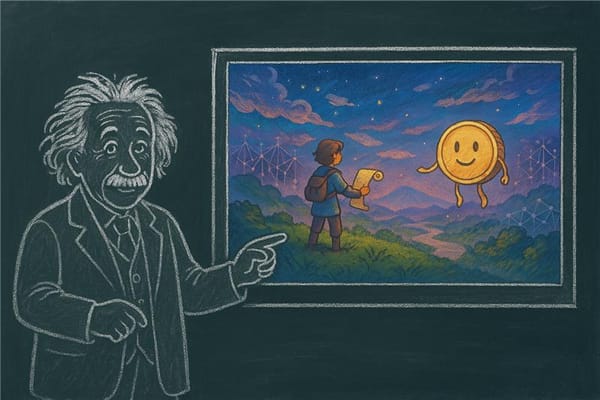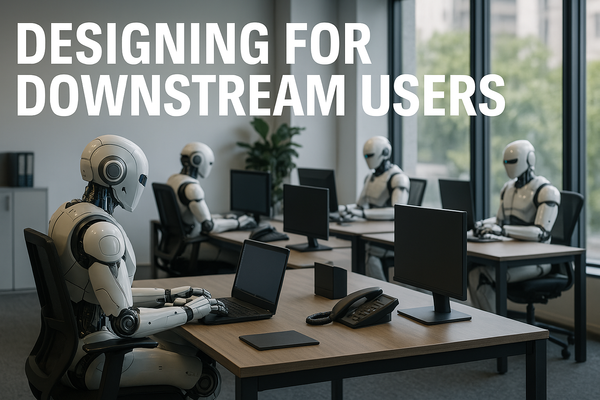The Experimentation Mindset: Dr. Stone and the Power of Small Wins

I’m a proud nerd—a lifelong fan of anime and manga (among other nerdy things!)—and I’ve found these stories often reveal surprising truths about resilience, strategy, and leadership. One of my favorite examples is Dr. Stone, which imagines a post-apocalyptic future where humanity has been petrified for thousands of years, leaving civilization in ruins. The show’s brilliant protagonist, Senku Ishigami, wakes up in this “Stone World” and decides to rebuild society from the ground up. His first invention? Soap. It might seem underwhelming, but it’s the crucial first step that illustrates the experimentation mindset: start small, learn quickly, and keep moving forward.
Starting Small: Rebuilding from Scratch and Finding Your “Soap” Moment
In Dr. Stone, Senku doesn’t lament the absence of skyscrapers and smartphones. Instead, he identifies the most urgent need—health and hygiene—and tackles that first. Soap, which inspires the name of the show, not only prevents infection and heals but also lifts morale. This simple fix echoes the experimentation mindset: if you see a fundamental problem or customer pain point, address it immediately to unlock bigger gains down the road. Rather than aiming for grandiose features, you focus on what truly matters most right now.
Consider Airbnb in its earliest days. It didn’t start as a global accommodations platform; it started with an air mattress. By addressing a clear, immediate need—conference-goers needing a cheap place to stay—the founders created the foundation for something much larger. Similarly, Slack took its “soap moment” by fixing the chaotic nature of workplace chat with straightforward, channel-based communication. These examples show how the experimentation mindset encourages product leaders to find one critical solution that can pave the way for broader change.
Building Momentum Through Small Wins
One of the most electrifying moments in Dr. Stone happens when Senku and his allies successfully create a rudimentary lightbulb. It’s far from high-tech, but the excitement it generates is transformative. Everyone sees concrete progress, which energizes them to tackle harder challenges. This reflects how the experimentation mindset thrives on building momentum. Even modest improvements—a small increase in site speed, a minor UX tweak—can have an outsized impact on team morale and user perception.
Spotify’s “Wrapped” is a perfect example. The core product remains the same—music streaming—but re-packaging user data into a personal, shareable highlight reel each year triggers massive engagement spikes. By embracing the experimentation mindset, Spotify identified a simple idea that capitalized on existing data. The result? A viral success and a morale boost that lasts well beyond the holiday season.
Failing Forward
In Dr. Stone, Senku endures plenty of failed experiments. Each time a plan to create something complex—like antibiotics—goes awry, he learns something new about materials, processes, or teamwork. This is the experimentation mindset in action: viewing failure not as a dead end, but as feedback that sharpens your next attempt. In product development, perfectionism often blocks this approach by delaying launches or dampening bold ideas. But when you embrace quick iterations, you learn rapidly and improve.
Netflix’s recommendation algorithm exemplifies how to fail forward. Early versions were simplistic, and internal assumptions about what users wanted often didn’t pan out. By observing actual viewing patterns, Netflix uncovered that certain “niche” genres had massive loyal audiences. Each unexpected insight informed the next experiment, refining the algorithm into a personalized powerhouse. They never saw early missteps as total failures; they treated them as data points—a textbook application of the experimentation mindset.
Focusing on Leverage
After soap and lightbulbs, Senku prioritizes inventions—like kilns and primitive power sources—that make everything else easier. These are building-block breakthroughs that embody the experimentation mindset: invest in the tools and processes that let you iterate faster and solve even bigger problems next. Product leaders face the same trade-offs daily. While flashy features may attract initial attention, real leverage often lies in behind-the-scenes improvements—like refactoring code, automating deployment, or refining the user onboarding experience.
GitHub’s pull request system underscores this principle. It might not seem glamorous, but the streamlined workflow for submitting and reviewing code became a cornerstone for modern software collaboration. By channeling the experimentation mindset into a pivotal feature—one that unlocked future innovations—GitHub ended up transforming how developers work together worldwide.
Building Resilience
When you’re rebuilding civilization from scratch, setbacks are inevitable. Senku anticipates failures, stockpiles resources, trains allies, and always has a fallback plan. This resilience is another facet of the experimentation mindset: prepare for the unknown, so you can pivot gracefully and keep experimenting. Product teams that lack resilience can crumble when a surge in traffic hits or when a single point of failure halts progress. Strong infrastructure, cross-trained teams, and good documentation ensure experiments can continue even under duress.
AWS serves as a real-world model of resilience. Initially built to handle Amazon’s own growth, AWS evolved into a robust cloud service that powers thousands of other companies. By investing early in scalable infrastructure and fail-safes, they embodied the experimentation mindset at a massive scale. When new challenges arise, they aren’t scrambling; they’re iterating.
Experimentation as a Habit
Innovation in Dr. Stone doesn’t hinge on one grand invention; it accumulates through many smaller breakthroughs, each spurring the next. That’s the experimentation mindset made tangible: a culture of continuous learning and iterative building. Product teams that operate this way constantly test, gather feedback, and refine. Success isn’t a one-time stroke of genius; it’s an evolving process.
LinkedIn’s product evolution is a testament to making experimentation a core habit. Instead of waiting for one annual mega-release, they test changes to onboarding flows, feed algorithms, and UI designs regularly. Every test, whether it soars or flops, reveals crucial information about user behavior. This steady drumbeat of experimentation means they adapt quickly and stay relevant as user needs evolve.
Looking Ahead
Anime and may be fictional, but their lessons on leadership, resilience, and science-driven thinking are very real. If Senku can rebuild a broken world through small, sequential wins, product leaders can apply the experimentation mindset to transform user experiences in our hyper-competitive digital landscape. The key is to start with that “soap moment”—the foundational fix that unlocks future potential—and then build momentum through iterative progress. Learn from each failure, invest in leverage, and fortify your team and infrastructure to handle bumps in the road.
Ultimately, the experimentation mindset isn’t about dramatic unveilings; it’s about relentless focus solving problems in a way that informs and accelerates the next step. It’s about getting excited for the things that matter, especially when it’s not our initial reaction to be excited for them. That’s how you win the long game and create a culture that adapts, grows, and thrives—no matter what challenges appear on the horizon. Or, as Senku might say when confronted with yet another daunting obstacle: “let’s get excited for this.” When you embrace that mentality and relentless focus, even the simplest starts can spark truly transformative results.




